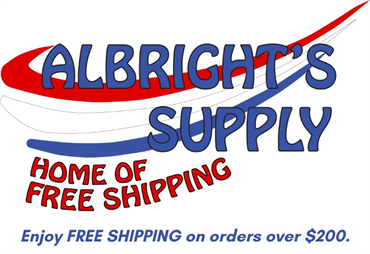- Sign In
-
- Some services are not accessible on a smartphone.
- Quick Order
- Homepage
- >Blog: Needle Basics
Blog Home
Previous Posts
- A Comprehensive Look at Upholstery Springs
- A Closer Look at Contract Vinyl
- Understanding Button Types
- Cushion Wrap, Airlay, & More: Upholstery Essentials
- Choose the Right Automotive Vinyl
- Foam Fundamentals
- Welt Cord Explained
- Upholstery Needle Basics
- Discover Recacril Marine Canvas
- Choosing the Right Marine Flooring
- Deciphering Automotive Fabric Specs
- What is Headliner?
- Your Guidebook to Zippers
- A Guide to Upholstery Thread
- Marine Vinyl 101
- A Guide to Automotive Carpet
Upholstery Needle Basics
When working on upholstery projects, selecting the right needle can make all the difference. Whether you're sewing by hand or with a machine, different types of needles are designed for specific tasks and materials. Here’s a breakdown of the key needle types to help you choose the best option for your next project.
Curved needles are a go-to tool for tackling tricky seams in areas where fabric can't be laid flat. They're perfect for sewing cushions or working on projects with hard-to-reach spots. The curved design allows for easier maneuvering in tight spaces, making hand-sewing seams much more manageable.
Note: for curved needles the length is based on overall length of the needle, not the distance from the point to the eye.

Straight needles are incredibly versatile and often used in tasks like tying springs to webbing, stitching through padding, or attaching buttons to upholstery pieces such as headboards and cushions.
Point Types
- Round Point Needles: Ideal for softer materials like fabric, round point needles glide through cloth without causing damage.
- Double Round Point Needles: These are perfect for adding buttons to large upholstery pieces. Their design allows you to push the needle through and back without having to rotate the needle, speeding up the process.
- Square Point Needles: When working with tougher materials like leather or vinyl, square point needles are a must. Unlike round point needles that push through material, square point needles are designed to cut through it, ensuring precision and ease when dealing with thick, sturdy fabrics.

Hand-Sewing Needle Gauges
Hand-sewing needle diameters follow the Standard Wire Gauge system, where the gauge number corresponds to the needle's diameter. In this system, a higher gauge number means a smaller needle. For example, a 20-gauge needle has a finer, smaller diameter than a 10-gauge needle.
Machine needles come in various sizes and points, and choosing the right one depends on both the fabric and the sewing machine you're using. At Albright’s Supply, we carry 135x17 (for Singer/Consew) and 190R (for Pfaff) needles. The numbers like 135x17 or 190R indicate the needle system compatible with your machine*, while sizes like 140-22 and 180-24 refer to the diameter of the needle. The size of the thread you’re using will also impact the needle size required. For guidance on selecting the right machine needle for your thread, you can always check the recommended needle sizes listed on our thread product pages.
Choosing the right needle is crucial for any upholstery project. Whether you’re working with soft fabrics or heavy-duty leather, having the correct needle will ensure a smooth and successful sewing experience. Be sure to check out our full selection of needles and other essential upholstery tools at Albright’s Supply!
*Refer to your owner’s manual for this information.

.jpg)


